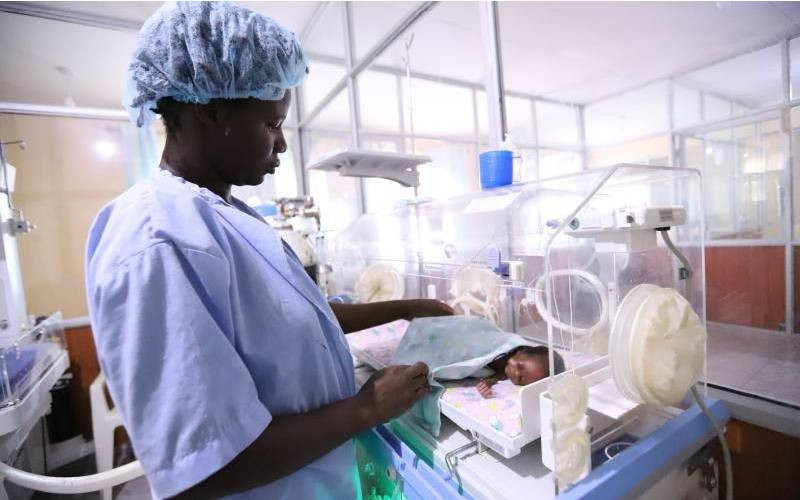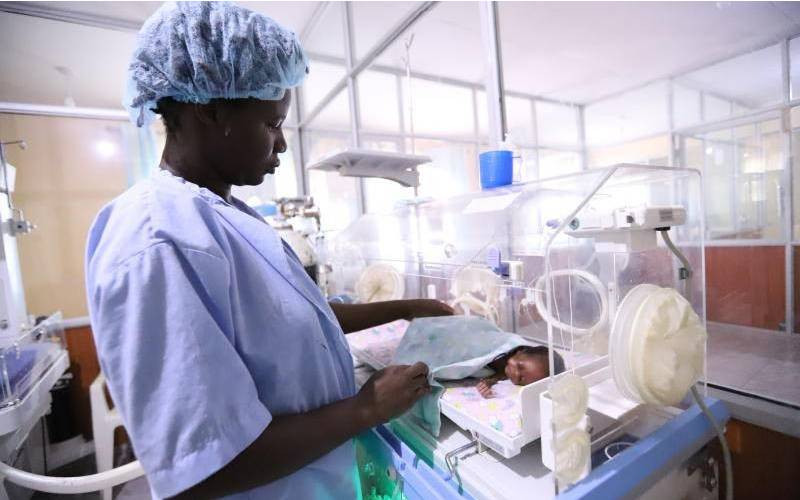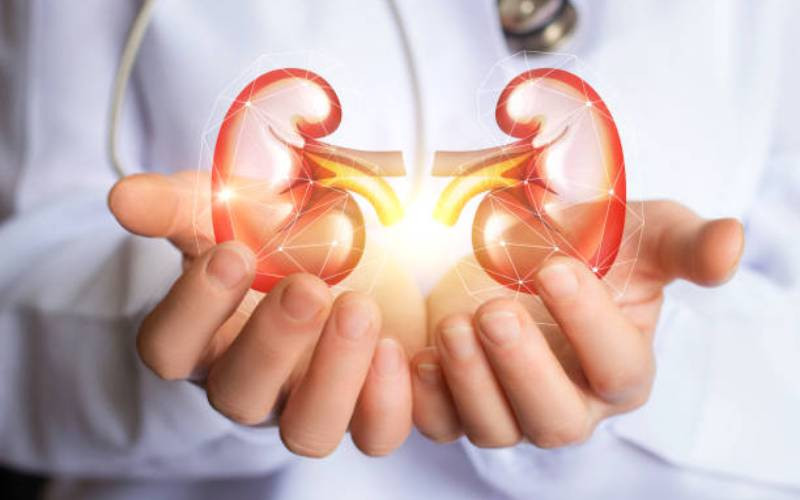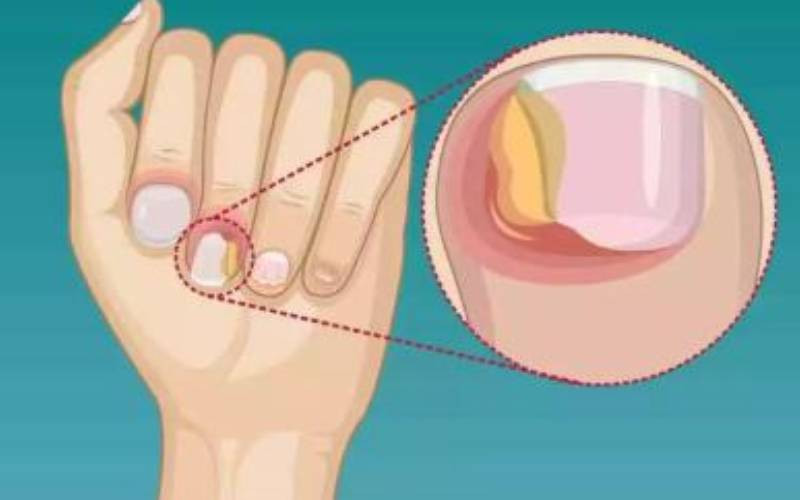
Newborns and young children face some of the highest risks in healthcare due to their rapid development, evolving health needs and different disease patterns.
In Kenya, the 2022 Demographic and Health Survey reported a neonatal mortality rate of 21 per 1,000 live births, with newborn deaths now accounting for more than half of all under-five deaths.
This makes the first month of life the most dangerous stage of childhood.
It is against this backdrop that the World Patient Safety Day Symposium 2025 was held Tuesday at the Aga Khan University Centre in Nairobi.
It brought together experts, healthcare professionals, policymakers, researchers, educators, patient advocates and community leaders.
The gathering centred on the theme “Safe Care from the Start: Preventing Harm in Neonatal and Paediatric Patients”, underlining the urgent need to protect the youngest and most vulnerable patients from preventable harm.
Opening the symposium, Mary Muthoni, the Principal Secretary in the State Department for Public Health and Professional Standards at the Ministry of Health, said the theme reflected Kenya’s wider ambition to guarantee every child equal access to safe care.
- Africa urged to invest in data to curb maternal deaths
- How Siaya cut maternal risks through strong community health strategy
- How nursing gaps threaten newborn survival goals
Keep Reading
“This year’s theme speaks directly to the heart of our healthcare mission: to protect, to nurture and to ensure that every child’s journey in life is safe, healthy and full of potential,” she said. “This is to ensure that a child in a remote village receives the same standard of care as the child in an urban hospital.”
She noted that Kenya has made progress in reducing child mortality and improving access to healthcare, citing expanded infrastructure, investment in primary healthcare and the rollout of the Community Health Strategy.
“Our investments in primary healthcare, the rollout of the Community Health Strategy, and the strengthening of Primary Care Networks are tangible milestones that have brought healthcare closer to where families live,” she added.
The symposium featured panel discussions and workshops where participants examined strategies for strengthening paediatric safety. Among the priorities highlighted were expanding workforce training through simulation-based learning, improving systems for early detection of risks, scaling up affordable innovations and involving families as active partners in care.
Dr Abdihamid Ibrahim Ahmed, Regional Health Specialists Coordinator at UNICEF’s Eastern and Southern Africa office, stressed that patient safety must be treated as a collective responsibility.
“Every child deserves safe and quality care from their very first breath,” he said.
“Unsafe practices not only endanger lives but also undermine trust in our healthcare systems. This symposium is a call to action for policymakers, healthcare professionals, and families alike to make patient safety a shared responsibility.”
From the perspective of healthcare practitioners, the need to prevent harm rather than simply respond to it was a recurring theme.
Professor Pauline Samia, Chair of the Department of Paediatrics and Child Health at Aga Khan University Medical College, East Africa, said proactive systems could transform outcomes for mothers and children.
“To keep mothers and children safe, we must go beyond treating illness, we must prevent harm before it happens,” she explained.
“That means training our healthcare teams to respond swiftly in emergencies, strengthening systems that detect risks early and empowering families to be active partners in care.”
Professor John Weru, Interim Associate Dean of Clinical Services at the AKU Medical College and Chief Medical Officer at Aga Khan University Hospital, underlined the importance of creating a culture of safety across all levels of care.
“We cannot afford to accept preventable harm as part of the cost of care,” he said. “Together, we must build a culture of safety where every mother and every child receive care that is not only effective, but safe and dignified.”
The symposium also showcased practical innovations already making a difference in maternal and child health.
These ranged from low-cost technologies to integrated models of care that bring different specialists together around the needs of the child. Experts agreed that scaling such approaches, closing policy gaps and strengthening community engagement will be essential in reducing preventable deaths in the years ahead.
 The Standard Group Plc is a multi-media organization with investments in media
platforms spanning newspaper print
operations, television, radio broadcasting, digital and online services. The
Standard Group is recognized as a
leading multi-media house in Kenya with a key influence in matters of national
and international interest.
The Standard Group Plc is a multi-media organization with investments in media
platforms spanning newspaper print
operations, television, radio broadcasting, digital and online services. The
Standard Group is recognized as a
leading multi-media house in Kenya with a key influence in matters of national
and international interest.











